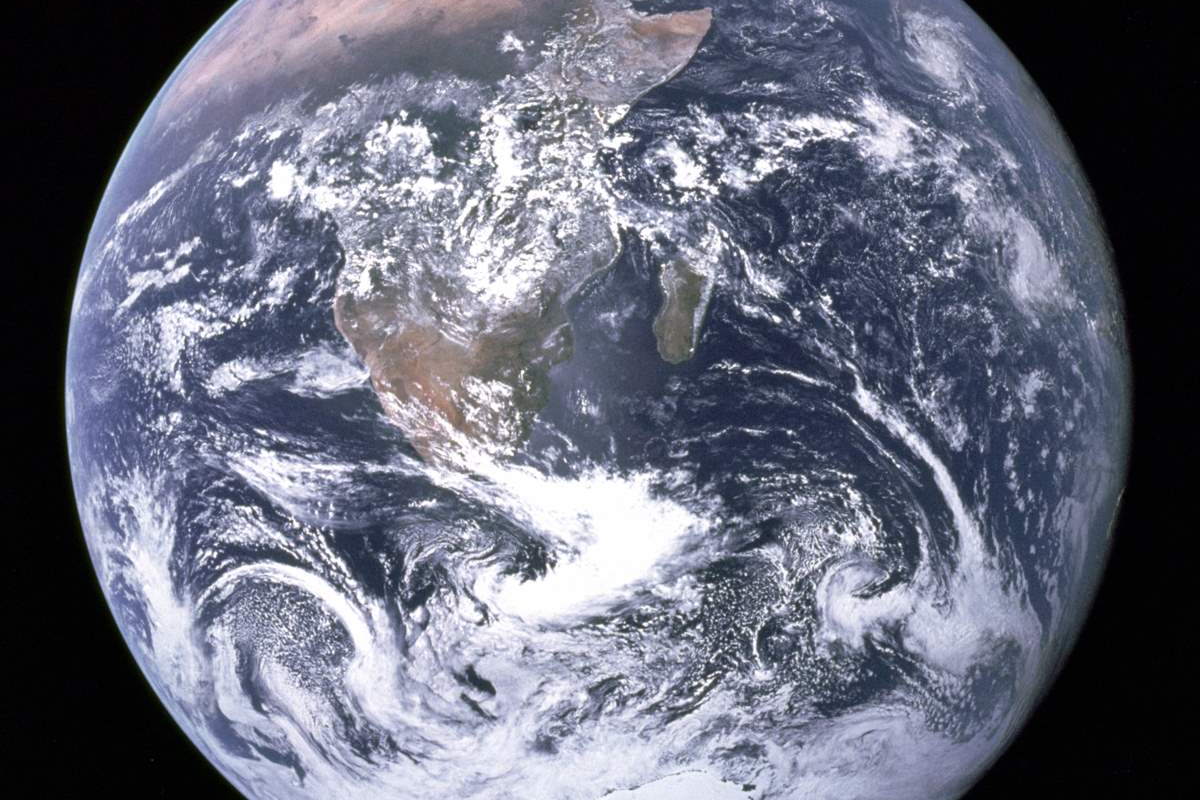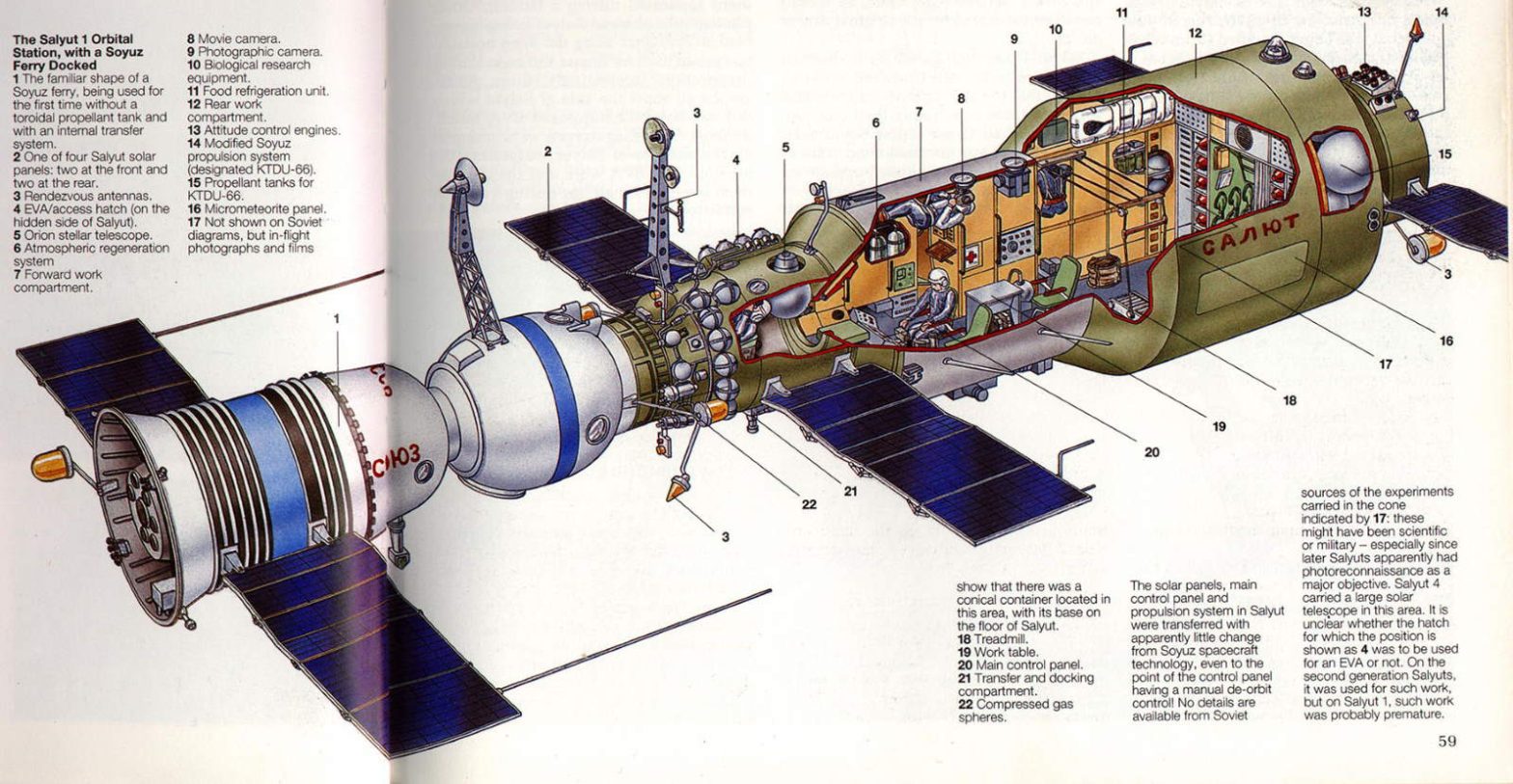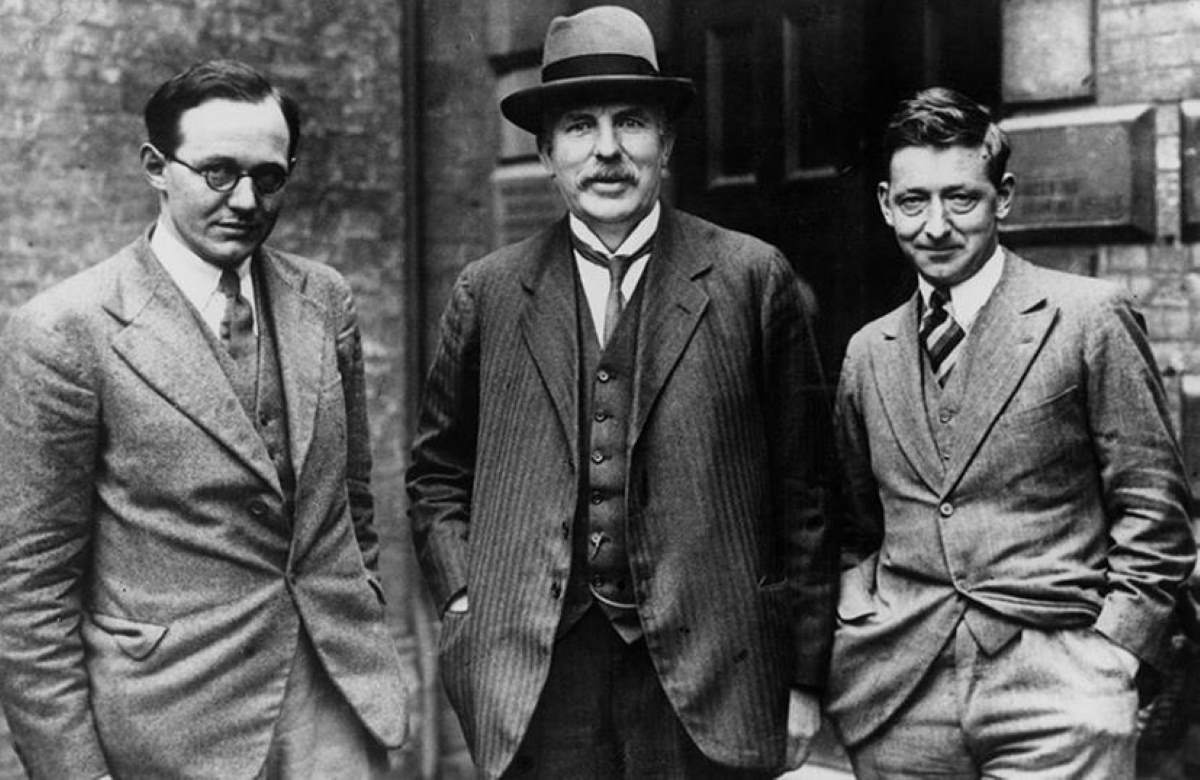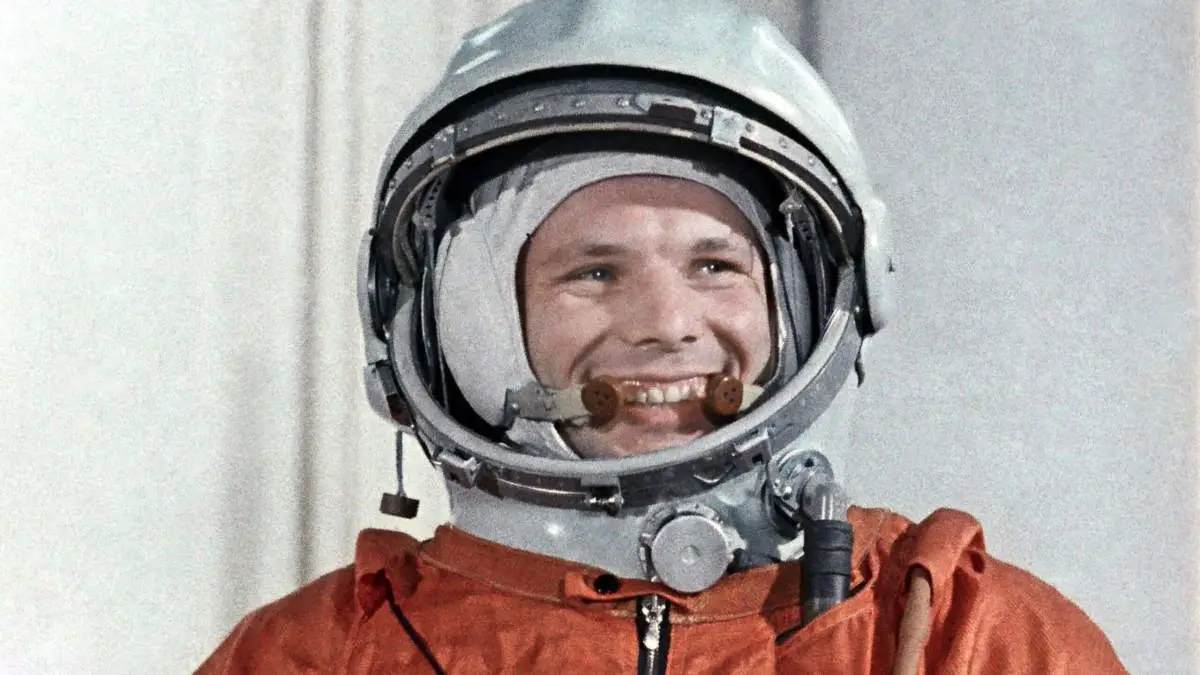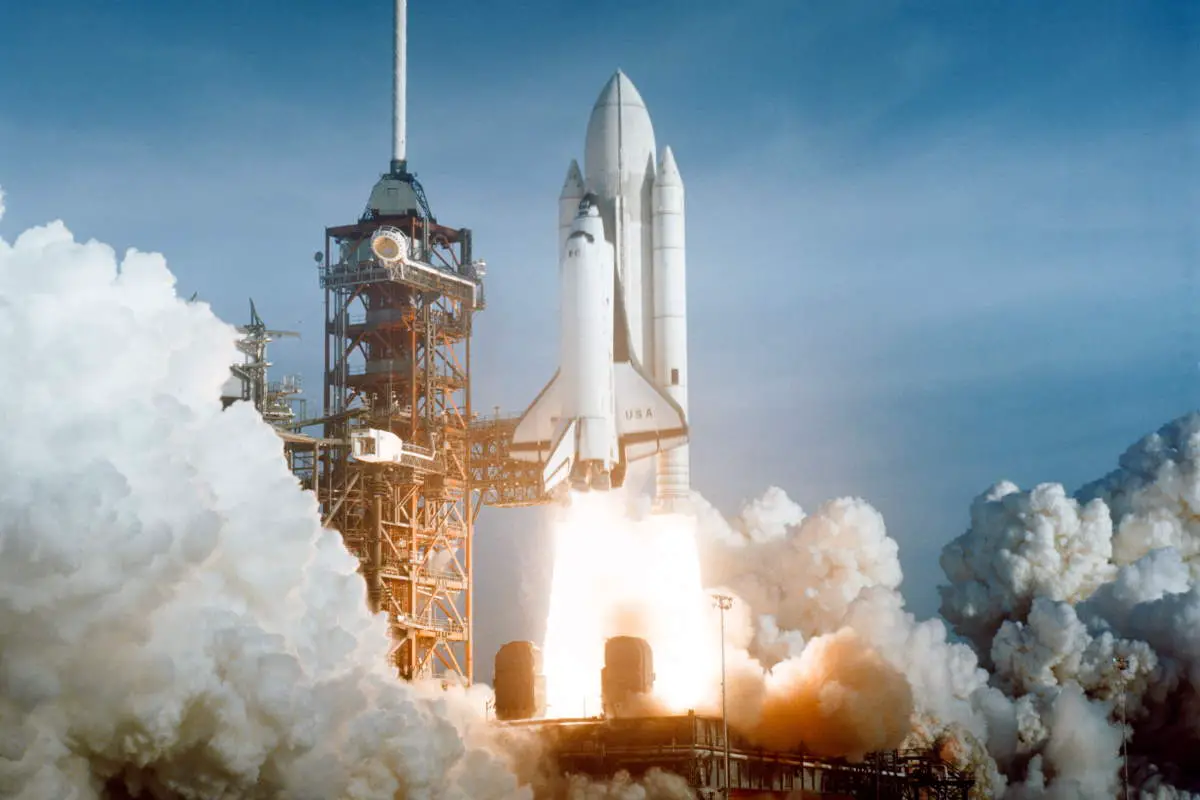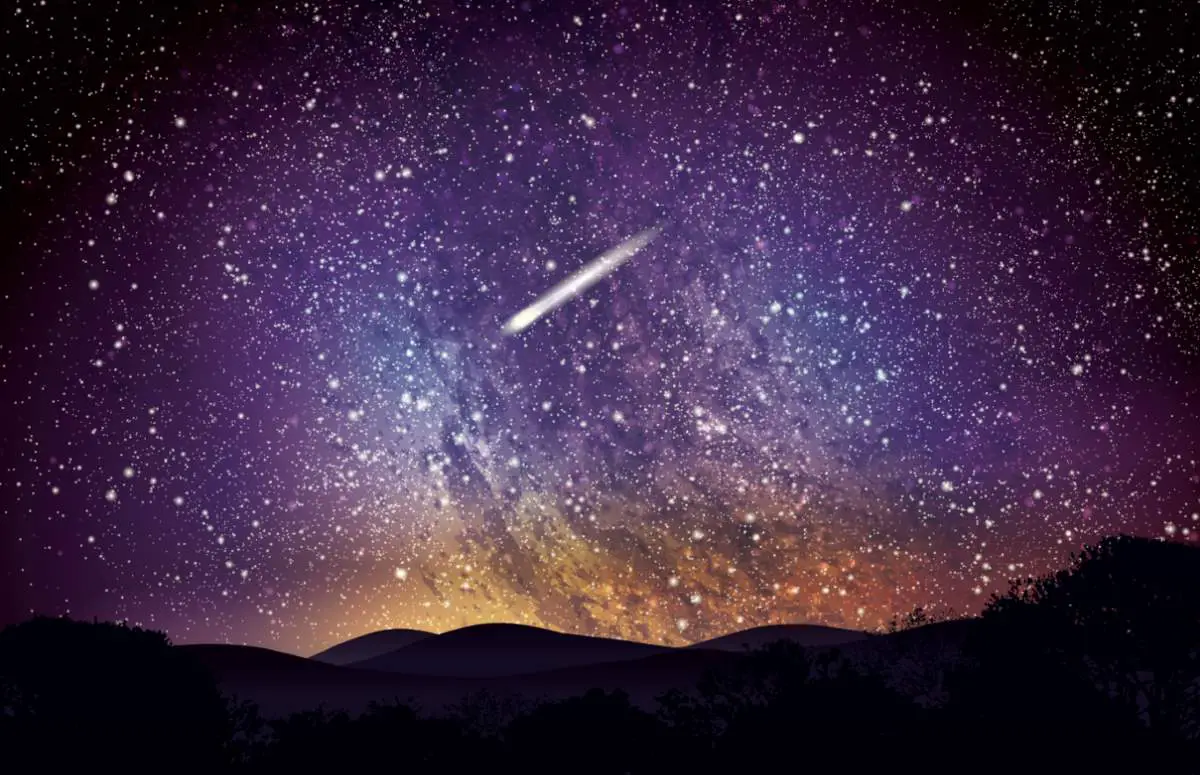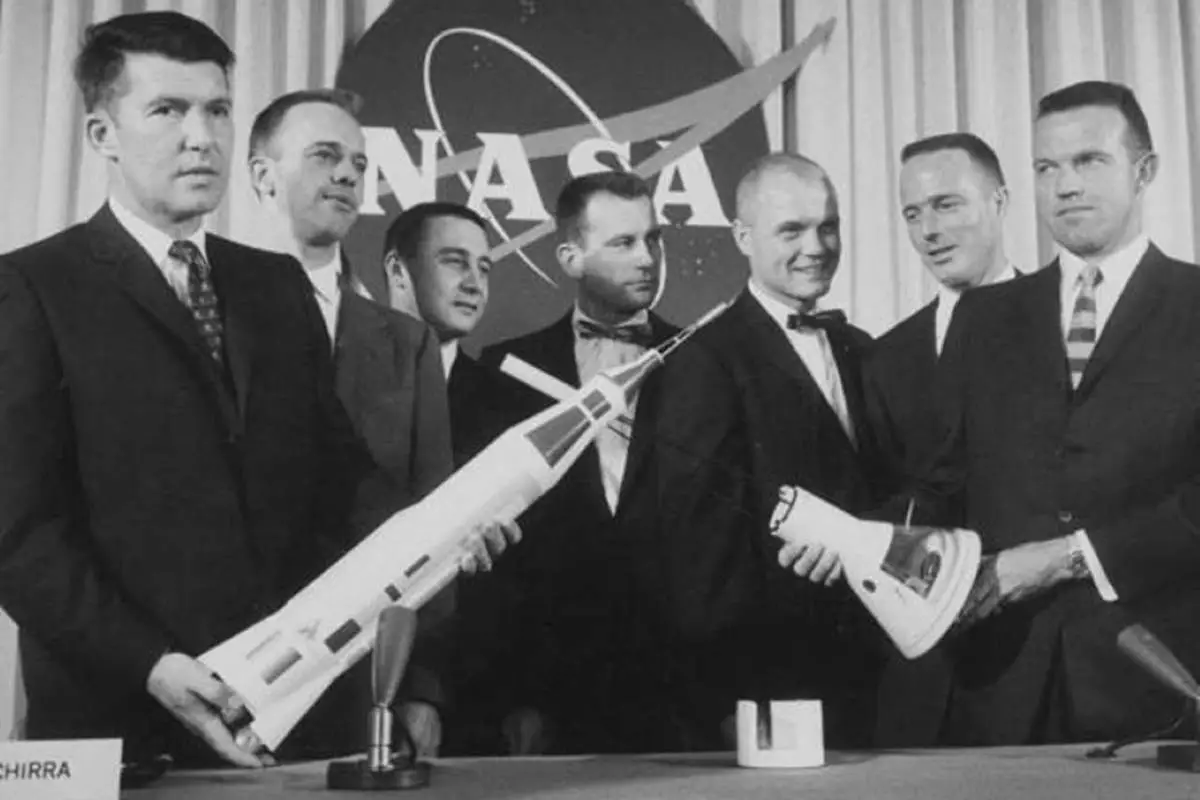On April 22, 1970, the first Earth Day was celebrated. This date marks the birth of the modern environmental movement.
Continue reading “The first Earth Day was celebrated on April 22, 1970”How to Protect Coastal Regions from Flooding Risks
Combating climate change requires battling threats on multiple fronts, especially when it comes to flooding. Coastal residents have a unique waterborne threat that destroys livelihoods numerous times each year. We should consider ways to protect these regions from flooding and advocate for long-term solutions.
Continue reading “How to Protect Coastal Regions from Flooding Risks”AT&T Picturephone Mod I: The first transcontinental video call was performed on April 20, 1964
The first transcontinental video call was performed on April 20, 1964, through an AT&T Picturephone Mod I, a device consisting of a telephone handset and a small, matching TV.
Continue reading “AT&T Picturephone Mod I: The first transcontinental video call was performed on April 20, 1964”The First Space Station, Salyut 1 was launched on April 19, 1971
On April 19, 1971, the world’s first space station, Salyut 1 (DOS-1, also referred to in documents as “Product 17K” or No. 121) was launched into space by the Soviet Union.
Continue reading “The First Space Station, Salyut 1 was launched on April 19, 1971”Apollo 16 Liftoff [Video, April 16, 1972]
On April 16, 1972, the huge, 363-feet (110.6 meters) tall Apollo 16 (Spacecraft 113/Lunar Module 11/Saturn V SA-511, see notes 1) space vehicle was launched from Pad A, Launch Complex 39, Kennedy Space Center, Florida, at 12:54 p.m. EST. Crewed by Commander John W. Young, Lunar Module Pilot Charles Duke (see notes 2), and Command Module Pilot Ken Mattingly (see notes 3), it was the tenth crewed mission in the United States Apollo space program, the fifth and penultimate to land on the Moon and the first to land in the lunar highlands.
Continue reading “Apollo 16 Liftoff [Video, April 16, 1972]”The atom was split for the first time on April 14, 1932: The story of splitting the atom
On April 14, 1932, the English physicist Sir John Douglas Cockcroft and the Irish physicist Ernest Walton split the atom for the first time using the nuclear particle accelerator they built, also the first particle accelerator in history. Cockcroft and Walton won the 1951 Nobel Prize in Physics for their “work on the transmutation of the atomic nuclei by artificially accelerated atomic particles”, popularly known as splitting the atom.
Continue reading “The atom was split for the first time on April 14, 1932: The story of splitting the atom”Yuri Gagarin became the first human to fly into space on April 12, 1961
On April 12, 1961, Soviet cosmonaut Yuri Gagarin became the first human to fly into space. His vehicle, Vostok 1 circled Earth at a speed of 27,400 km/h (17,025 mph) with the flight lasting 108 minutes. Vostok’s reentry was controlled by a computer, and Gagarin wasn’t controlling the spacecraft, unlike the early U.S. human spaceflight programs. Instead, at about 7,000 meters (23,000 ft), he ejected from the descending capsule ejected from the spacecraft and landed by parachute.
Continue reading “Yuri Gagarin became the first human to fly into space on April 12, 1961”The First Space Shuttle was launched on April 12, 1981
On April 12, 1981, NASA launched the first Space Shuttle mission, STS-1 (Space Transportation System-1), into space. The first reusable orbiter, Space Shuttle Columbia orbited Earth 37 times on its maiden voyage and returned on April 14, 1981, 54.5 hours later its launch.
Continue reading “The First Space Shuttle was launched on April 12, 1981”Halley’s Comet made the closest approach to Earth on April 11, 1986
On April 11, 1986, with about 63 million kilometers (39 million miles), Halley’s Comet made its closest approach to Earth on its outbound journey (while moving away from the Sun).
Continue reading “Halley’s Comet made the closest approach to Earth on April 11, 1986”Mercury Seven, the US’ first 7 astronauts were announced on April 9, 1959
On April 9, 1959, NASA introduced the Original Seven Mercury astronauts to the public, who are commonly known as the “Mercury Seven”. With Project Mercury, the United States gained its first experience in conducting human space missions that provided scientific and engineering knowledge for astronauts in space.
Continue reading “Mercury Seven, the US’ first 7 astronauts were announced on April 9, 1959”